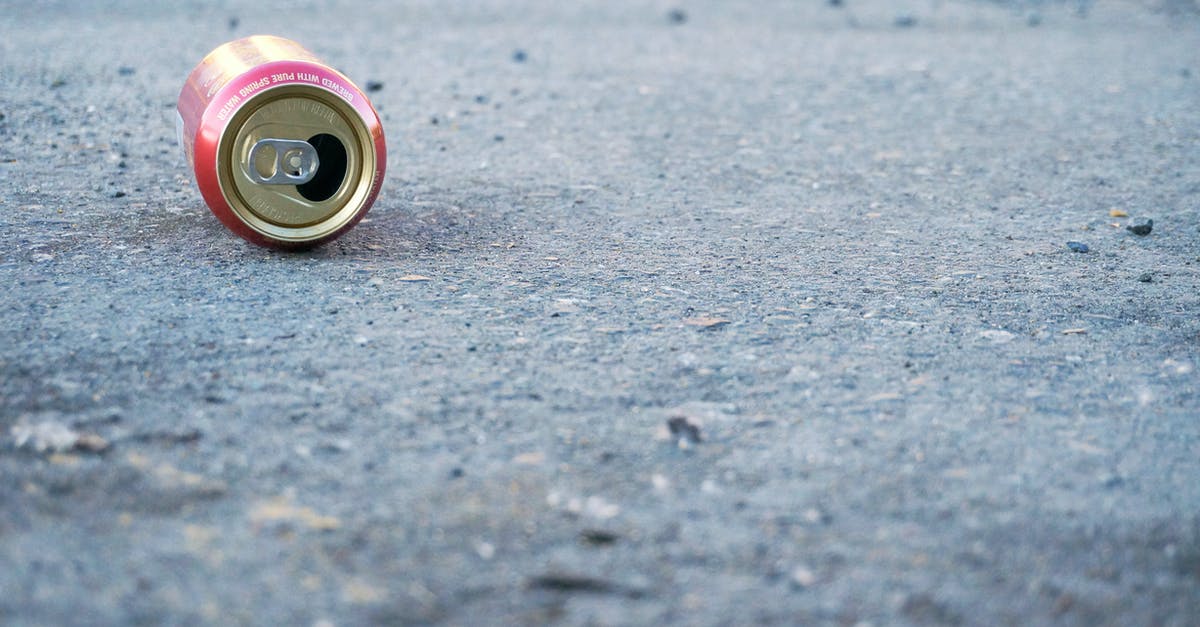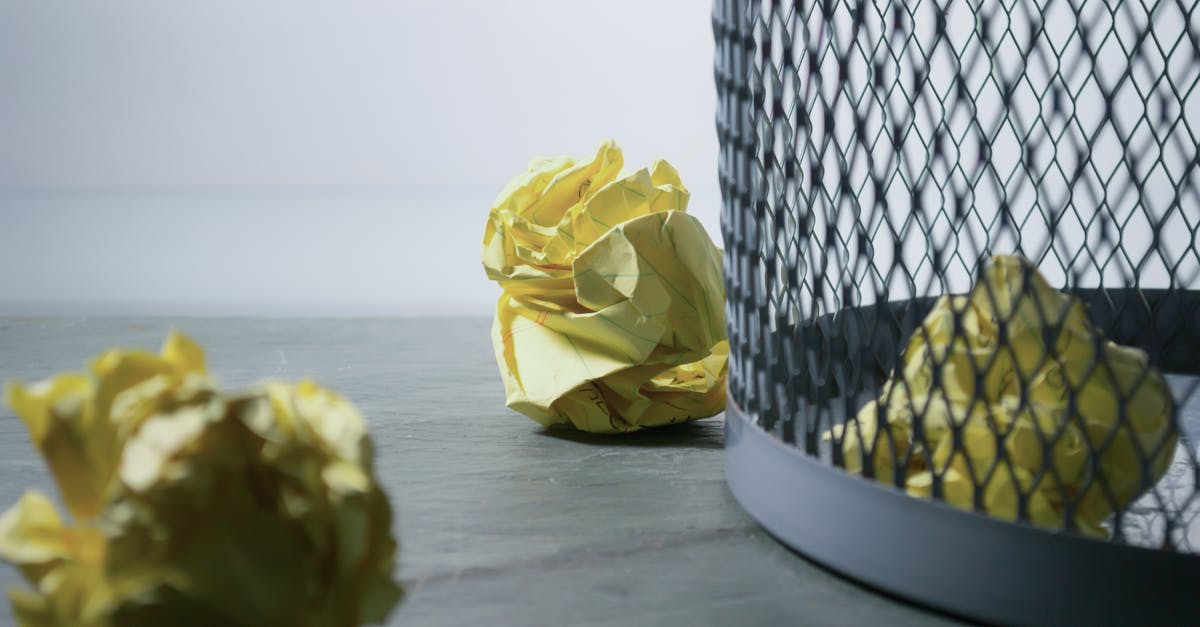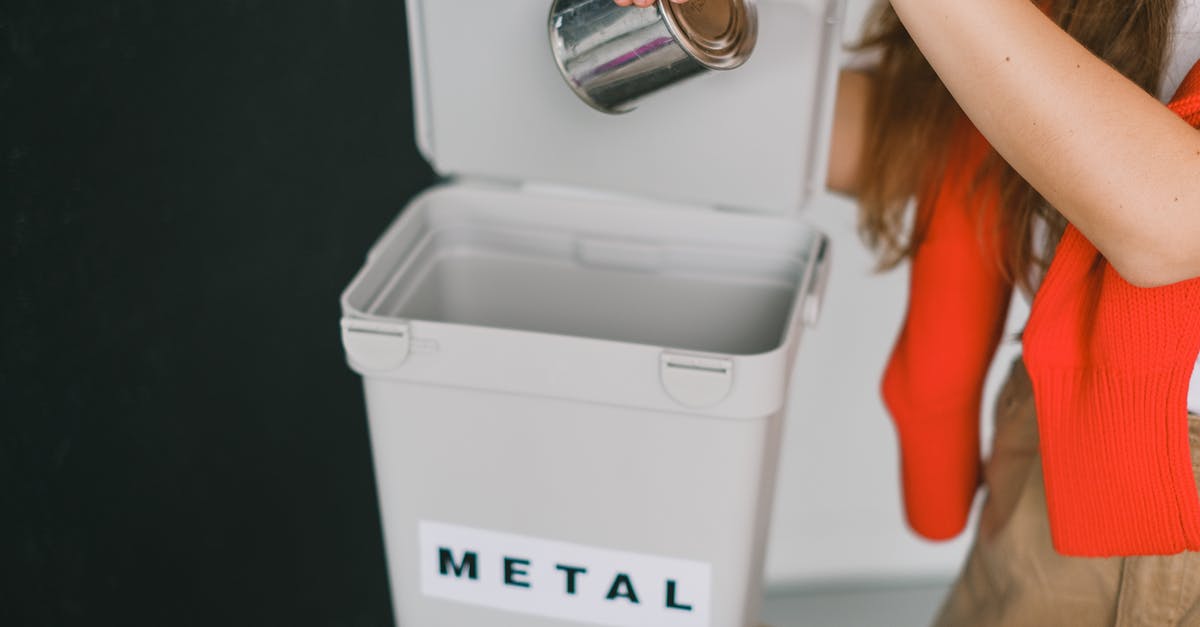Can you estimate how long it takes to reduce a liquid?

In a lot of recipes, there is a step that includes reducing your liquid. In most sauces, this isn't a problem, since you just need to thicken it and that's something you can see and doesn't take a long time.
However, last week I was making a base for a sauce, that included water, vinegar and white wine. The recipe asked me to reduce it till it was about 1/3 of the original amount. I didn't think it would take as long as it did and as a result, everything was ready except the sauce.
Is there a way to calculate how fast something reduces? I can understand it would depend on the ingredients, on the surface area and on the temperature, but assume that I know these variables.
Best Answer
If you're boiling something rapidly, and it's not in a terribly deep, narrow pot, then essentially all of the heat output of the burner is going into turning water into steam. The latent heat of vaporization of water is 2260 kJ/kg, so if you want to reduce something by a volume V, and your stove has power P, the time required is:
t = V * (1 g/mL) * (2260 J/g) / P
If V happens to be in mL, and P is in W (J/s):
t (s) = V / P * 2260
This would be modified slightly if you're using a really tall, skinny pot, since the convection within the pot, from the bottom to the top of the liquid, would be less efficient, with more heat transferred to the sides of the pot and out into the air, but I doubt you're actually going to try to reduce something like that. The P here is the effective power; for example, a gas burner wastes a lot of heat out the sides, so the advertised power will be higher. See TFD's answer for approximate efficiencies.
If you don't know the power of your stove, in all honesty, the easiest way to measure it would probably be to just see how long it takes to boil away a given volume of water, and work backwards. To get an accurate result, you should not boil a pot dry - once the water is a thin enough layer, the heat transfer might start working differently, with the pot itself heating up more, and water splattering. So you could, for example, put in a liter of water, boil away at the stove setting you intend to measure until it's substantially reduced in volume, record the time, then pour it out to measure how much you boiled away. At this point, knowing the power output might be overkill, though; you can really just measure the time per volume reduction, and use that, unless you care about the power for other reasons.
Trying to deduce the power of the stove from, say, the temperature of an empty pot or of the burner without a pot on it (assuming it's electric) would be difficult; you'd have to deal with the heat transfer between metal and air, and the convection in the air.
Dependence on ingredients shouldn't be significant - you're still just boiling water, unless there's a substantial amount of alcohol, in which case the latent heat of vaporization will be different. Pure alcohol has a latent heat of vaporization of 841 kJ/kg; I haven't found a good table for mixtures.
For solutions, as I noted in the comments, the latent heat of vaporization should be that of water, plus/minus the heat of solution of the solutes (I forget which direction that's measured in). The most common solutes are probably salt and sugar, which have heats of solution of 70 and 16 J/g, respectively. (I found this table, and converted.) The next most common thing I could think of that might be present in substantial concentrations is citric acid; this paper reports a heat of solution of -57 J/g. In all these cases it's small compared to the latent heat of vaporization of water, so pretending the liquid is water should be a good approximation. It's possible that things change if you're reducing really far: heat of solution does depend on concentration. That is, things are different thermodynamically (statistical mechanically?) in a nearly-saturated sugar syrup than in slightly sweet water.
Pictures about "Can you estimate how long it takes to reduce a liquid?"



Quick Answer about "Can you estimate how long it takes to reduce a liquid?"
The precise amount of time necessary to achieve a reduction with your desired consistency depends on the type of liquid you're reducing, the volume of liquid you begin with, and the conditions under which you cook it. Most reductions require 15-30 minutes.How long does it take to reduce liquid?
But how long does this process take? Depending on the amount of liquid you are reducing, the process typically takes 15 to 30 mins. Keep in mind that reducing the liquid is often just one step of many necessary to make a sauce.How long does it take to reduce a cup?
A good reduction takes a fair amount of time, and it's ideal to simmer, rather than boil. Too-high heat can cause the sauce to over-reduce and/or become bitter. For most standard-sized braises, expect to invest anywhere from 15 to 30 minutes.How do you reduce down liquids?
Once the boiling begins, the liquid will go down (that's the reduction part), usually leaving a line of residue that circles the interior of your pot (see image of reduced tomato sauce). This is a good marker for you to tell if you are at your goal or if you should continue boiling.5 Tips to Help you Estimate how Much Time a Project Will Take
More answers regarding can you estimate how long it takes to reduce a liquid?
Answer 2
To use Cascabel's calcs you will need this too:
Efficiency for stoves (hobs) at heating plain water in metal pot:
- Gas 50% ±5%
- Halogen hob 60% ±5%
- Immersion 90% ±5%
- Induction 90% ±5%
- Resistive (most common electric type) 50% ±5%
It's hard to get over 95% efficient due to loses through pot wall etc.
Answer 3
Rather than use time as an imperfect proxy for volume, just measure the height of liquid as a perfect proxy for volume†. You can use a chop stick, knife, or some other long instrument to dip into the liquid and see how deep it is at any point.
For example, if your recipe calls for a reduction to 33% of the original volume, you know you're done when the liquid height is 33% of the original height.
Specific steps:
- Pour liquid into pot†
- Measure height of liquid and mark or remember it somehow
- Figure out the final liquid depth you want to get to
- Heat liquid, periodically measuring height
- Stop when measured height has reached desired height
† Pot must have the same cross-sectional area at every height. Most pots are cylindrical, so this isn't a problem.
Answer 4
I know this doesn't work for recipes where the liquid you are reducing is a byproduct of the cooking you've already done, but you said that in this case, the sauce base was water, vinegar and white wine.
Just reduce a base like that well in advance of when you plan to prepare the meal. If you do it the day before, it won't really matter how long it takes, and you can keep the base in the fridge, bringing it to room temperature when you're ready to add it to the rest of the sauce ingredients. Although purists disdain this, I think it's easiest to do it in a Pyrex measuring cup in the microwave. That way, you can be sure when it's reduced to the proportions you want, and you don't have to mess with guesswork on the stove top.
Answer 5
Wow so complicated--here is what I have learned after cooking for 20 years and majoring in physical sciences at the UofA: So it takes about 5-7 min on high for a cup of water to come to a quiet boil on a stove top. After that, about 10% is gone to evaporation (uncovered) per min, and by about 22 min on high all the water is gone. So when I have sauces with (solutes obviously speed up how quickly water boils, since plain water has a high specific heat capacity), I just check at twice the rate to be safe. So 1 cup of sauce on high should start reducing approximately at 3-4 minutes...but never reduce at high because that might cook your sauce components causing separation. Instead reduce at medium, check at 7 min, then 10 min and 13 min for 1 cup (10, 15, and 20 min for 2 cups). In oven 350F is like the medium setting for liquid evaporation.
Answer 6
Theoretically yes, practically no. If you have a lot of experience of reducing sauces with your specific equipment then you can try but it's never a good idea to use this as an excuse to leave it to reduce whilst you do something else.
Sources: Stack Exchange - This article follows the attribution requirements of Stack Exchange and is licensed under CC BY-SA 3.0.
Images: Jiyoung Kim, Steve Johnson, Ono Kosuki, SHVETS production
